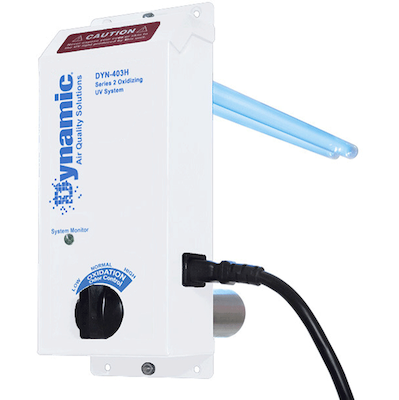Updated January 18, 2024

If you’re looking for a new cooling system or researching ways to make your home more energy-efficient, you’ve likely encountered the term “SEER rating.” But what exactly is a SEER rating, and why does it matter? This article will demystify SEER ratings and answer common questions to help you make informed decisions about your cooling system.
What is a SEER rating? SEER stands for Seasonal Energy Efficiency Ratio. It measures how efficiently an air conditioning system or heat pump can cool your home during an average cooling season. SEER ratings range from 13 to 21 or higher, with higher numbers indicating greater energy efficiency. The SEER rating is calculated by dividing the cooling output (in BTUs) by the energy input (in watt-hours) over an entire cooling season.
What is a good SEER rating? The ideal SEER rating depends on several factors, including climate, budget, and energy-saving goals. Generally, a SEER rating of 14 to 16 is considered suitable for most regions. However, if you live in a hot and humid climate, you may want to consider a higher SEER rating, such as 18 or above, to maximize energy efficiency and reduce cooling costs.
Is it worth getting a higher SEER rating? Investing in a higher SEER-rated cooling system can offer several advantages. While they may come with a higher upfront cost, they typically provide greater energy efficiency, which can lead to lower monthly utility bills. Over time, the energy savings can offset the initial investment, making a higher SEER-rated system worth considering, especially if you plan to stay home for many years.
Is it worth going from 14 SEER to 16 SEER? Upgrading from 14 to 16 SEER cooling systems can result in noticeable energy savings. However, whether it’s worth it depends on your specific circumstances. If you live in a warm climate, have high cooling bills, or plan to stay in your home for an extended period, the upgrade may pay off over time. Consult with an HVAC professional to determine your situation’s potential cost savings and payback period.
Should I go with a 13 SEER or 16 SEER? Choosing between a 13 SEER and a 16 SEER system depends on your budget and long-term goals. A 16 SEER system offers better energy efficiency and may save you money on cooling costs in the long run. However, a 13 SEER system can be a more affordable option upfront. Consider your budget, energy-saving objectives, and the local climate when deciding.
Conclusion: Understanding SEER ratings is essential when selecting a cooling system installation for your home. Higher SEER ratings generally translate to greater energy efficiency and potential cost savings over time. However, the proper SEER rating depends on various factors, including location, budget, and how long you plan to stay home. To make the best choice, consult with HVAC professionals who can provide tailored recommendations based on your unique needs.
By making an informed decision about SEER ratings, you can enjoy a more efficient and cost-effective cooling system that keeps your home comfortable while minimizing environmental impact.


